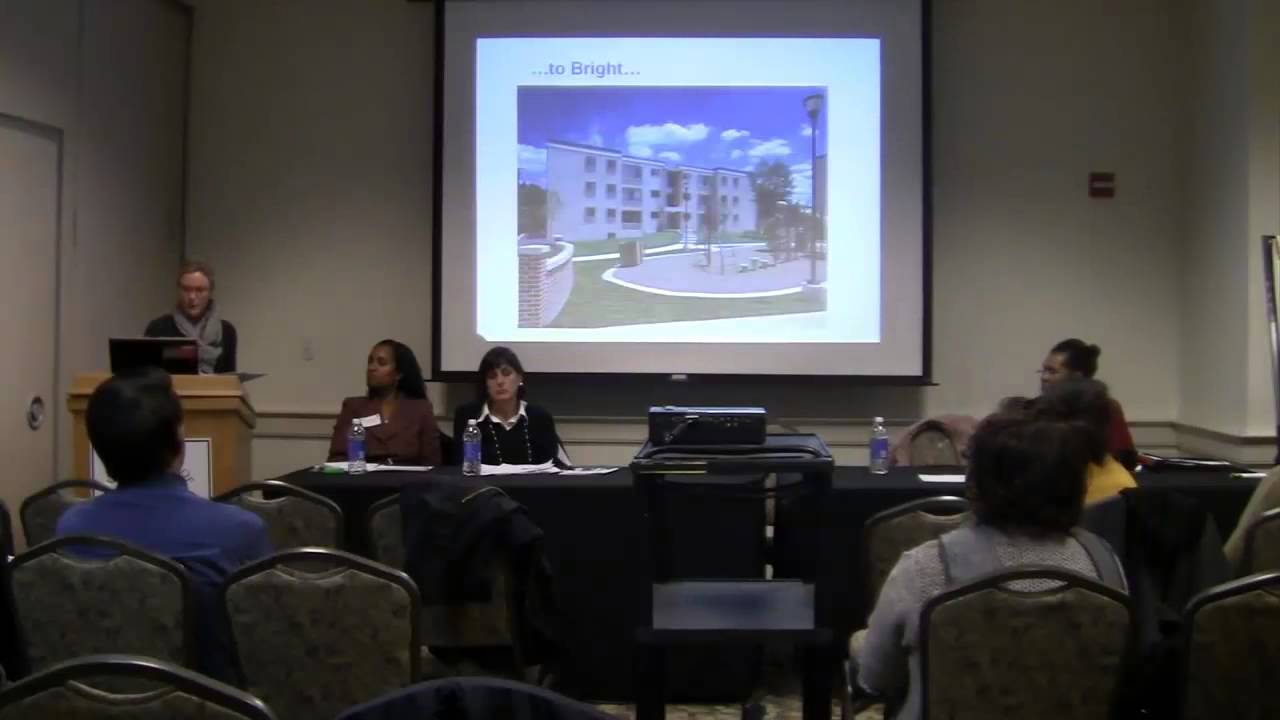Children are a subpopulation that is sensitive to environmental exposures. They are more susceptible to these exposures because their immune systems are still developing, high breathing rates, time-activity patterns, and other factors making them more vulnerable to toxins found in the atmosphere, at schools, day care settings, at home, and outside where they may play. Many children live in communities with a higher concentration of pollution sources near their schools including traffic; reside in poor housing stock that may have high levels of allergens, mold and mildew, VOCs, lead, and pesticides; and are at risk because of other environmental stressors in their neighborhoods. This panel will describe some of the environmental justice challenges facing children in Maryland and Washington, DC, emerging issues in the region; and their efforts to eliminate environmental health disparities that impact children in the region.
